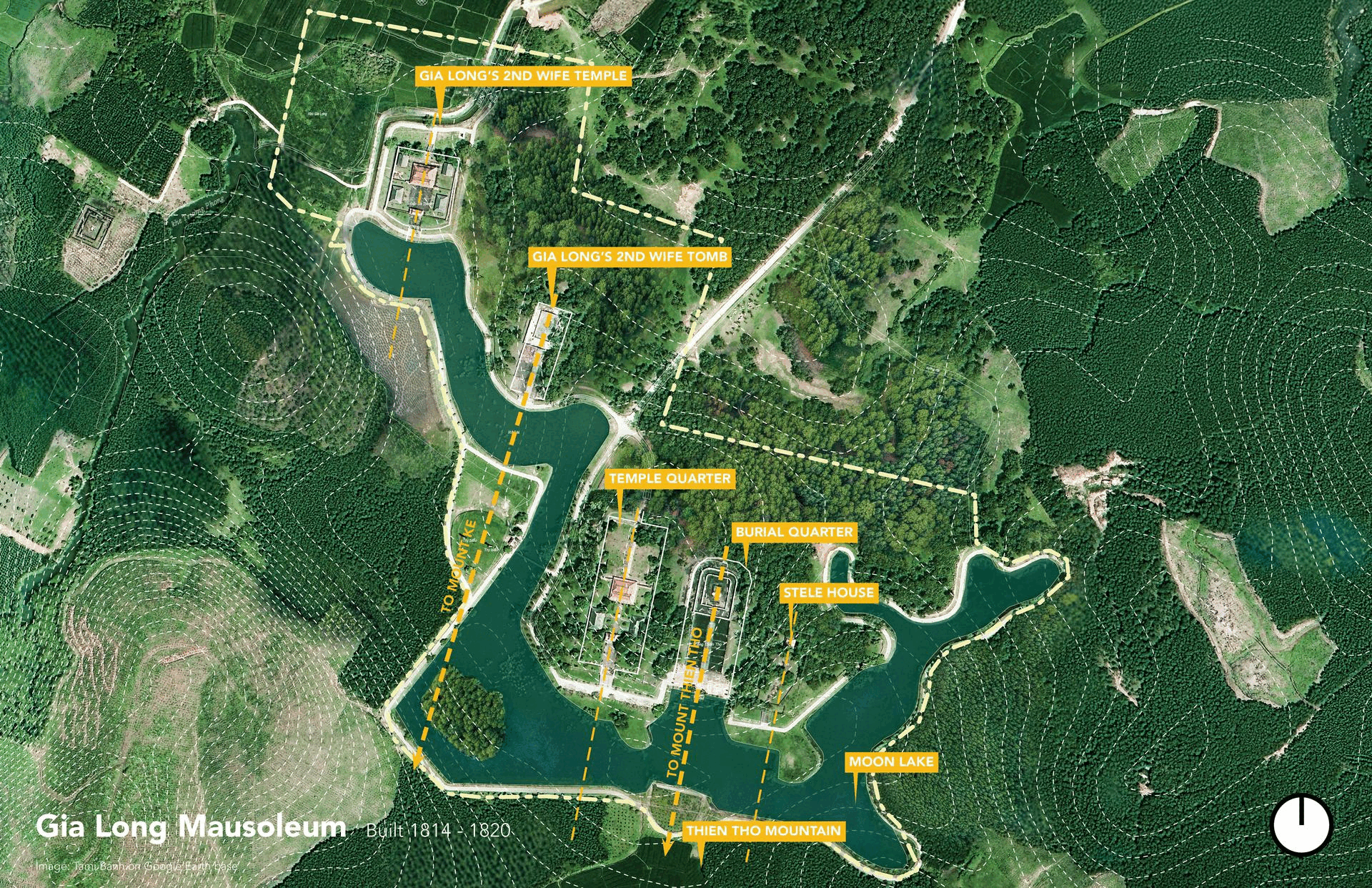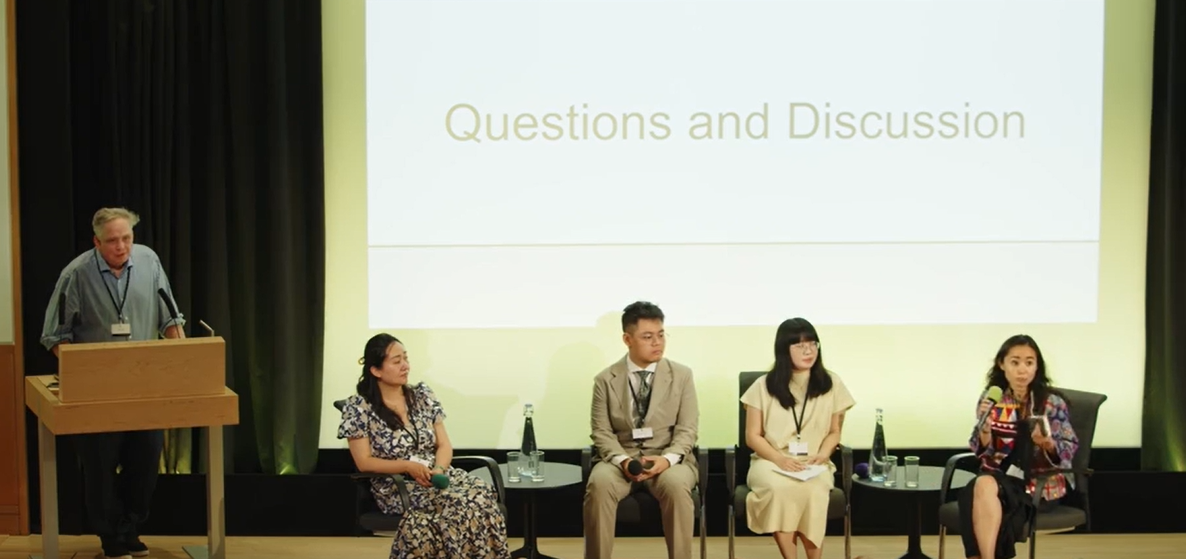
WHERE EMPIRES MEETS:
POWER, IDENTITY, & CULTURAL NEGOTIATION IN HUE GARDENS
Research | Hue, Vietnam | Paper presented at Gardens & Empires Conference by English Heritage, Kew, & British Library
The gardens of the Nguyễn Dynasty (the last feudal dynasty to rule Vietnam)’s palaces and tombs in Huế are cultural expressions embodying Vietnam’s evolving relationship with nature, power, and identity. Situated at the crossroads of two great Eastern civilizations (Indochina) and defined by an extended coastline, Vietnam has long navigated the duality of influence vs autonomy, of being a colonized nation vs a colonizing empire themselves, of preserving traditions vs embracing development.
Rooted in Confucianism and Taoism, early tomb gardens, such as that of Emperor Gia Long (ruled 1802–1819), embody thuận thiên (harmony with nature), where Buddhist symbolism merges with water, stone, and flora to create a cosmic order. By the time of Emperor Khải Định (ruled 1916–1925 under French protectorate rule), the tomb garden style had transformed into a bold, eclectic synthesis of French Baroque forms and decorative details, Western materials, and imperial symbolism—an aesthetic expression of Vietnam’s confrontation with colonial modernity.
This paper traces the evolution of Huế garden styles through the seven royal tombs and palaces exploring how these landscapes served as cultural and political statements—asserting imperial authority and negotiating the tensions between tradition and transformation. In doing so, it argues that the gardens of Huế are not mere peripheries of empires but vibrant junctions where civilizations, ideologies, and aesthetics converge.
.








